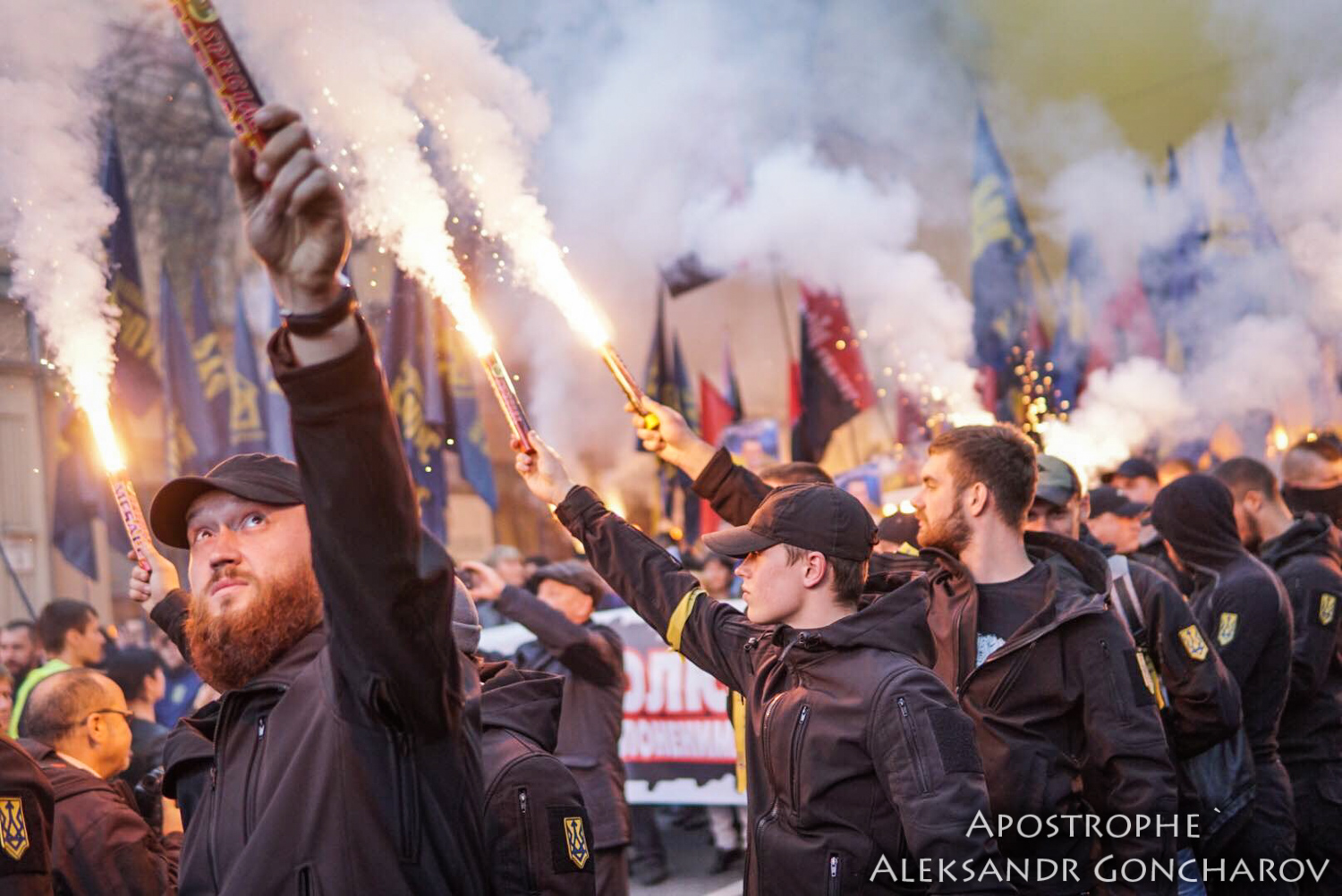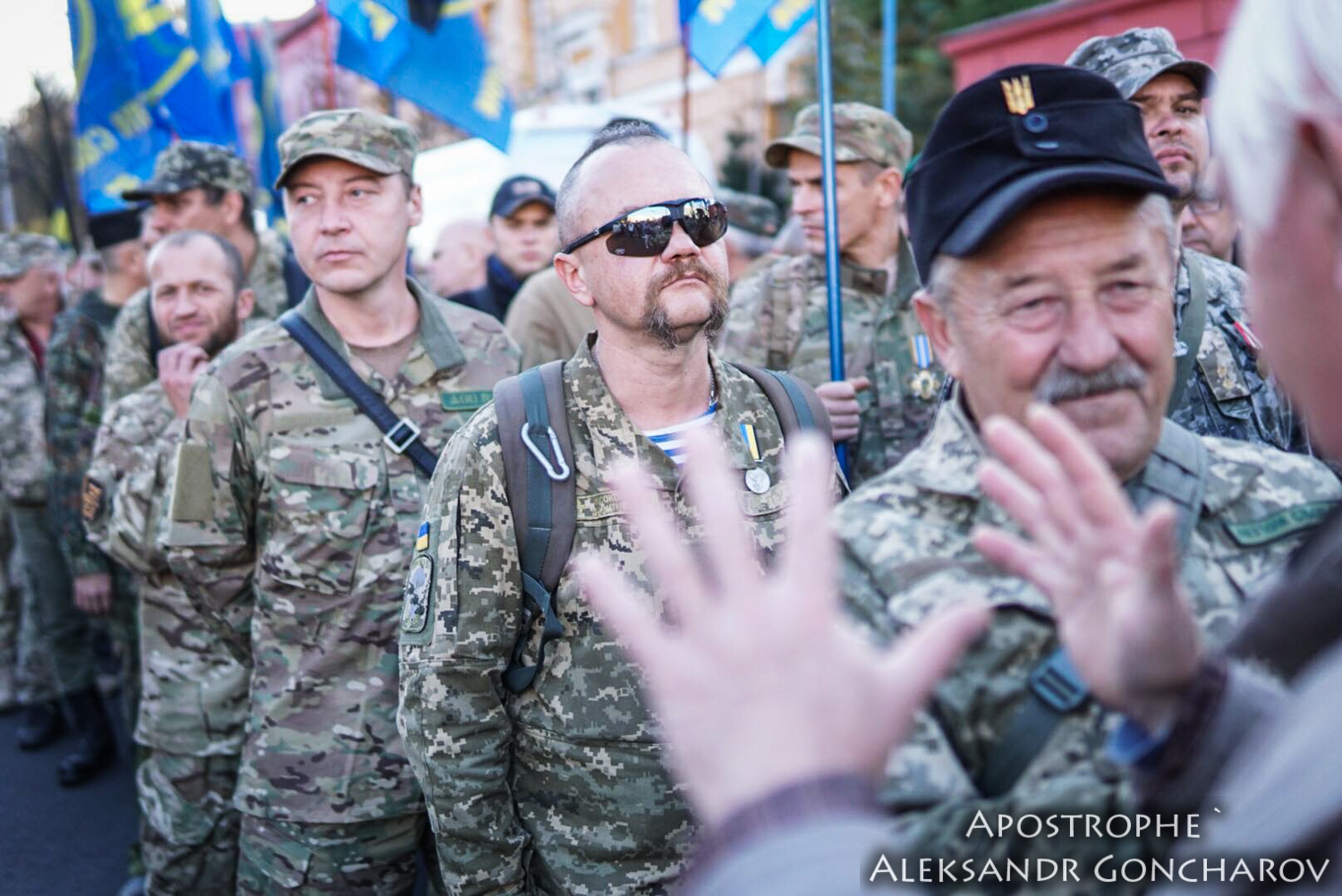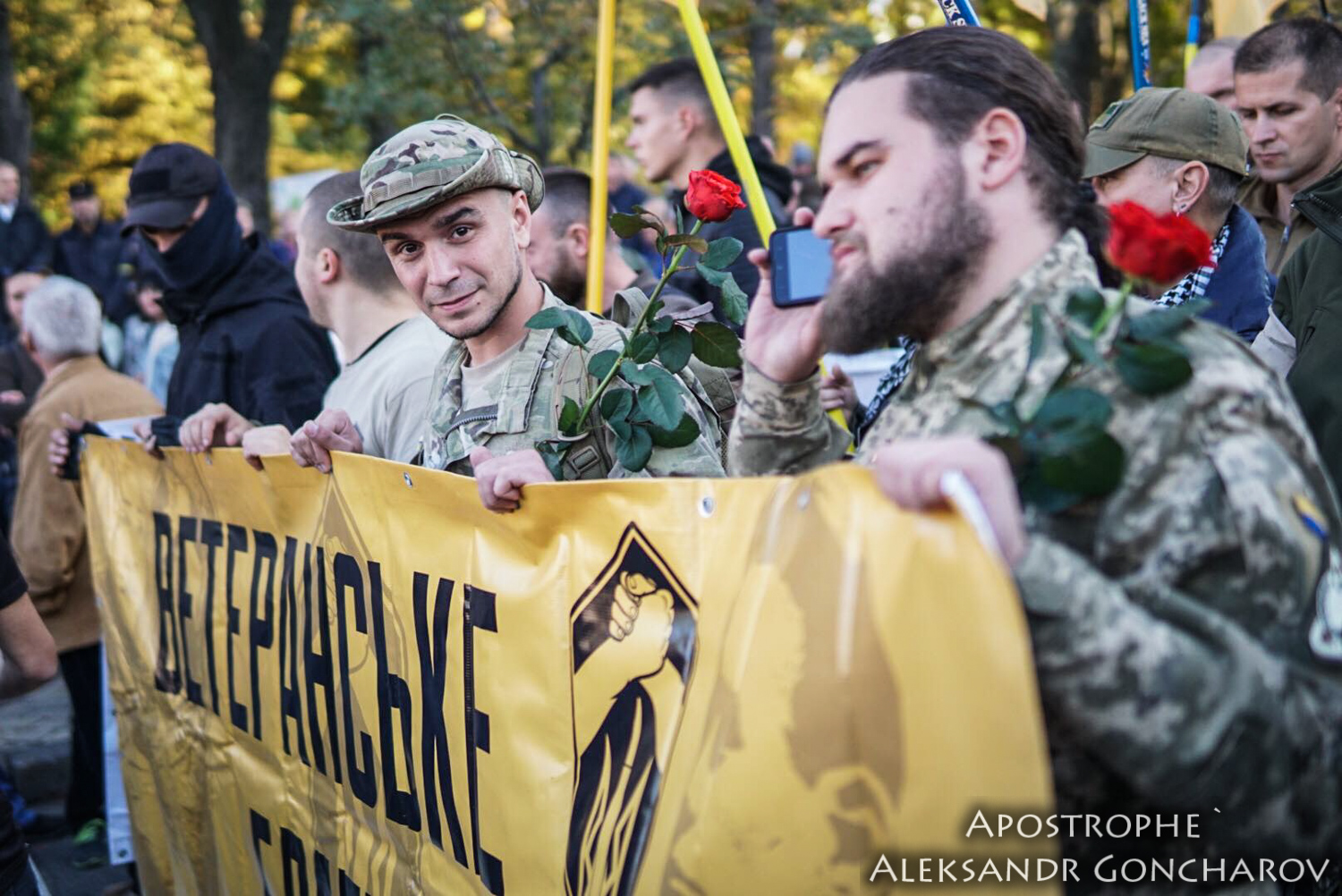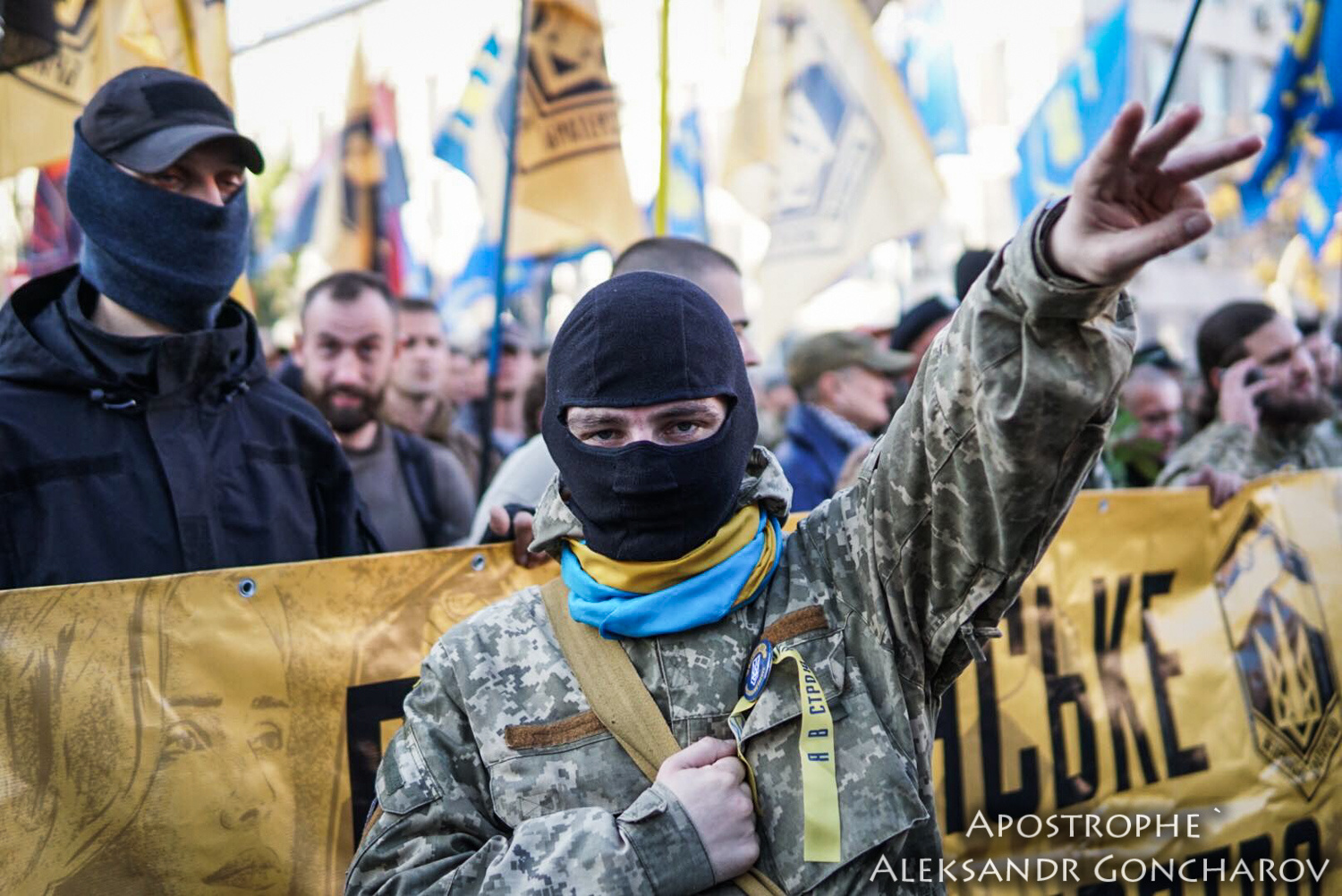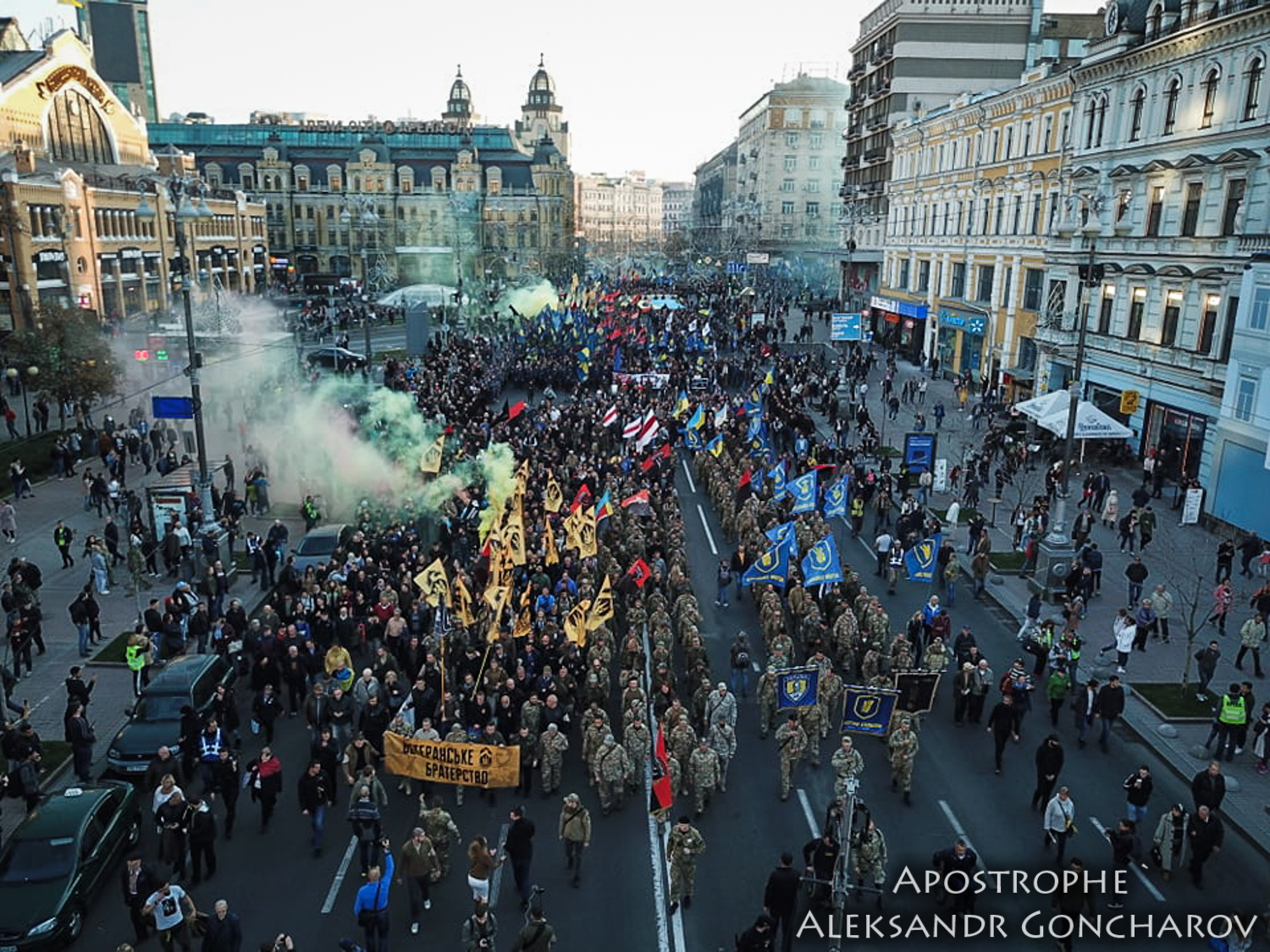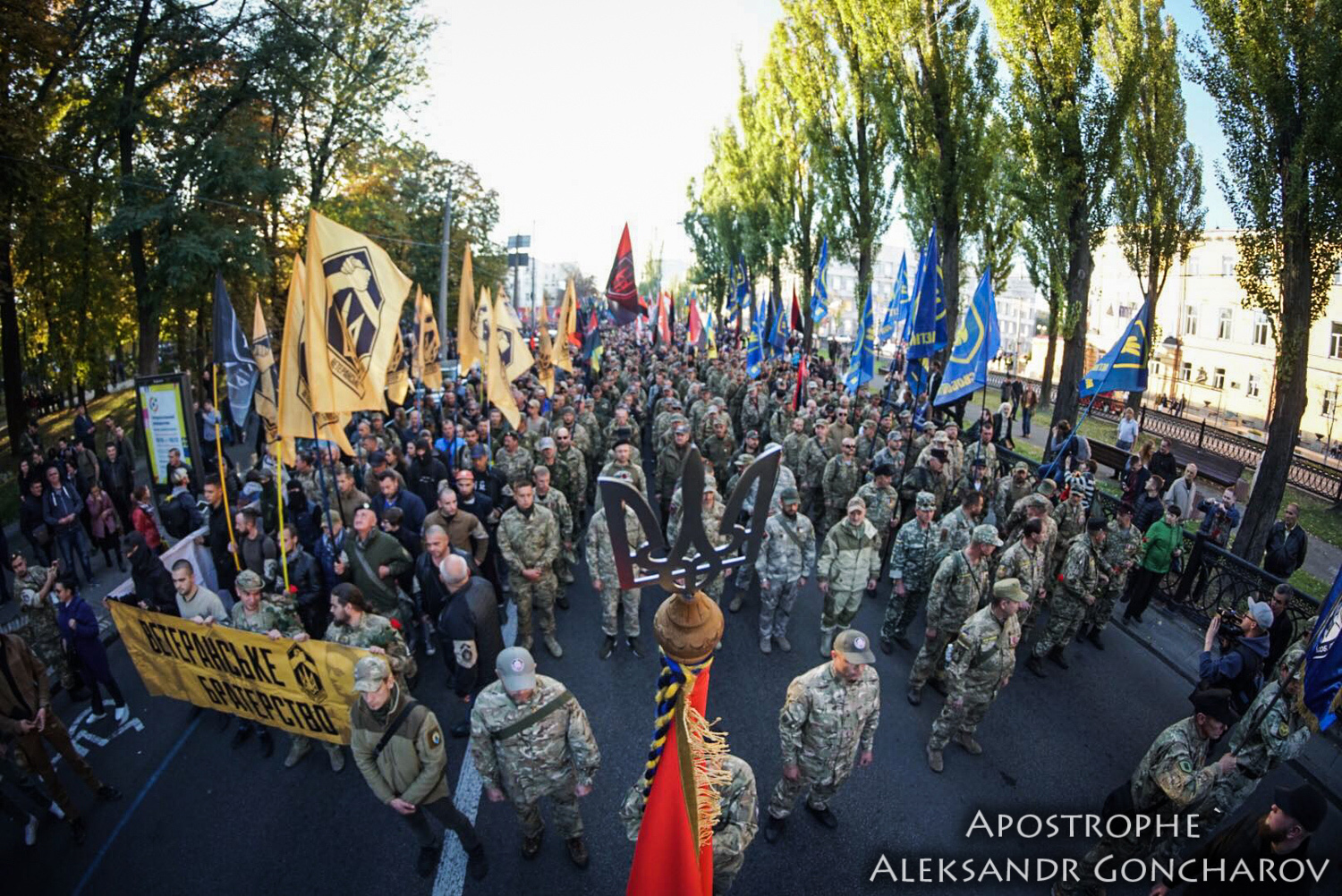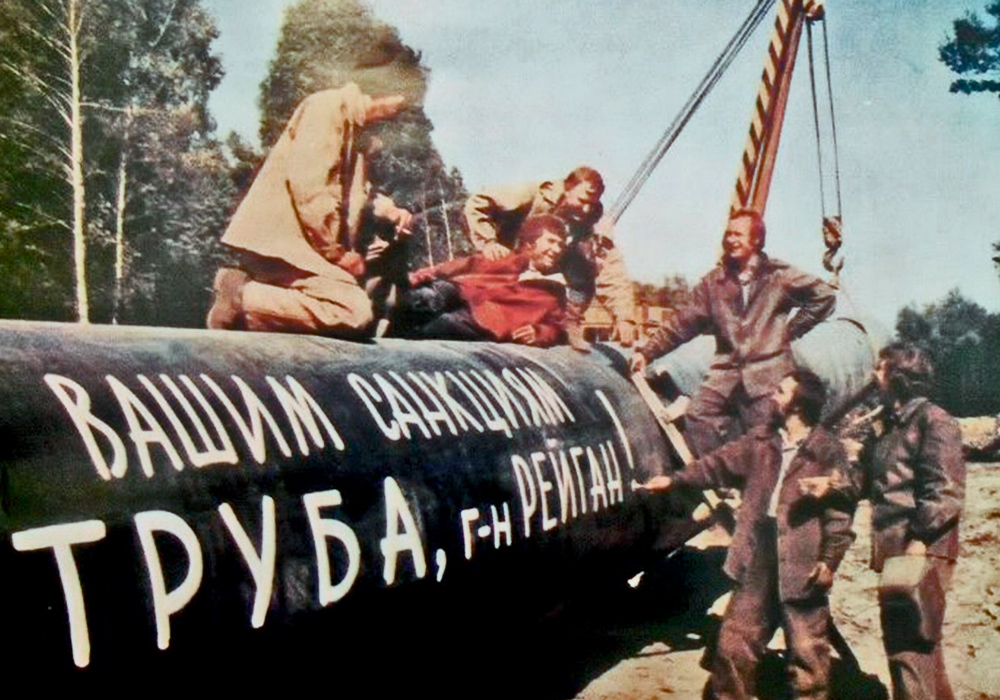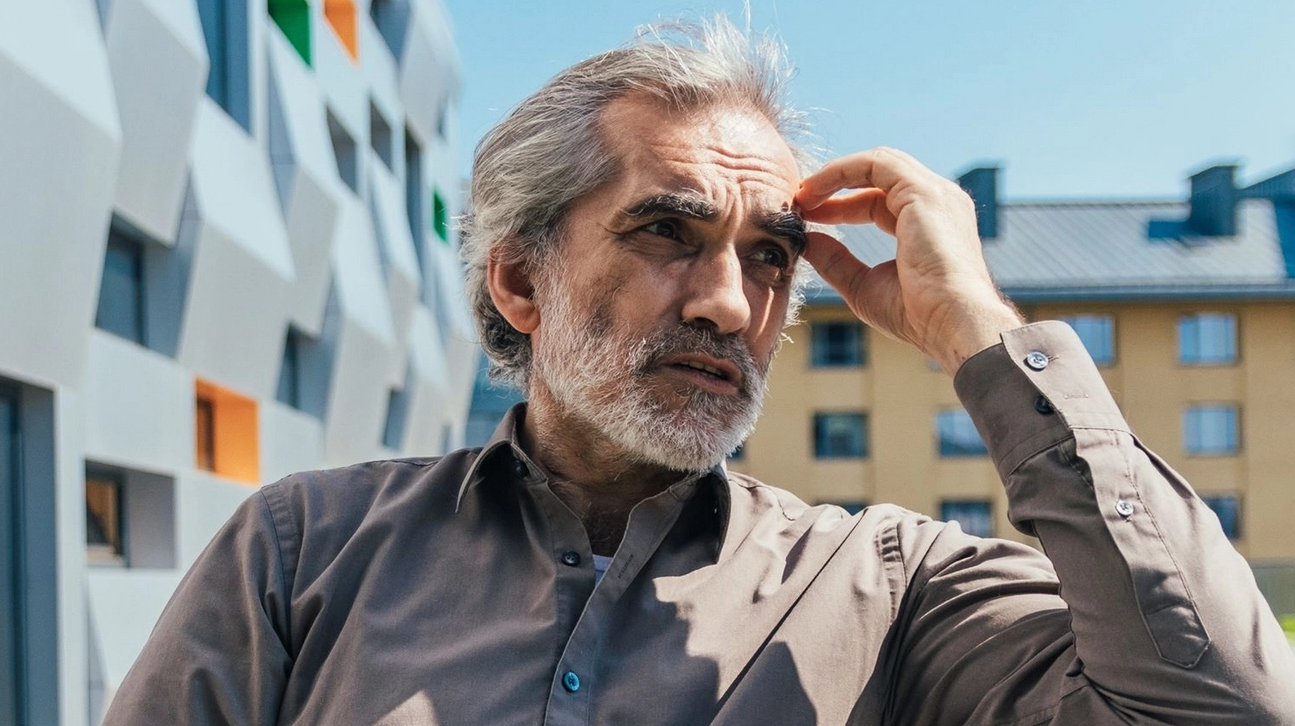On 14 October 2018, a relatively peaceful march to commemorate the UPA, Ukraine's WWII-era Insurgent Army, was held in Kyiv, where roughly 15,000 nationalists, according to the police, marched through the Ukrainian capital. Apart from veterans of the Donbas war, many Ukrainian right-wing parties took part, among them: Right Sector, Svoboda, National Corps (founded on the base of the Azov regiment and civic movements surrounding it), Congress of Ukrainian Nationalists, activists of C14 and others. However, not only Ukrainian parties took part: German media noted the participation of Junge Nationalisten, the youth wing of the most radical extreme-right Germany party NPD, which is usually described as Neonazi, in the mix.
The participants set a record in simultaneous singing of the anthem of the interwar Organization of the Ukrainian Nationalists (over 8000 people), chanted "Bandera is our hero," "Glory to Ukraine, glory to the heroes," "One united Ukraine," "Pokrova [Intercession - a Christian holiday observed on the day - Ed] is our holiday," "Heroes don't die -the moskals [derogatory name for Russians - Ed] do" etc. The march was held under the slogan "Ukraine for Ukrainians."
Photos: Aleksandr Goncharov, Apostrophe.ua
Unnoticed by Ukrainian media but promptly spotted by the German ones was the participation of Junge Nationalisten, the youth wing of the German Neo-Nazi NPD which is said to be more radical than its mother organization (first photo on bottom left).
https://www.facebook.com/olena.semenyaka/posts/2172099262800274
Junge Nationalisten is often compared with Hitler-Jugend, and NPD itself - with the National-Socialist German Worker's party. The German authorities attempted to ban NPD twice, but were unsuccessful.
Another German Neo-Nazi party, Der Dritte Weg, was also reportedly present.
Der Dritte Weg ("The third path") was created in 2013 by members of the ultra-right National-Democratic Party of Germany (NPD). According to The Jerusalem Post, they have connections to the regime of Bashar Assad and Hezbolla. They also collaborate with the Neonazi "Nordic Resistance Movement."
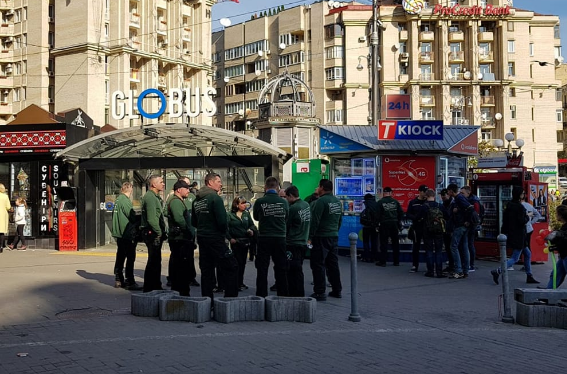
This incident is ironical in three ways:
- modern promoters of the UPA, the Ukrainian Insurgent Army which operated during WWII, stress the fact that it fought against both the Soviets and the Nazis. Now, German Neonazis are invited to the march commemorating the UPA;
- the Nazis wanted to destroy and enslave the Ukrainians - a fact which far-right Ukrainian nationalists seem to disregard;
- NPD Members are known for their pro-Russian position, particularly - regarding the annexation of Crimea. In 2013, its member Olaf Rose penned an article praising Vladimir Putin for protecting "Russian identity from Western influence," Deutsche Welle reported. In 2014, NPD vice-president Karl Richter called upon NATO to stop "NATO's military aggression in Ukraine. In 2015, NPD president Udo Voigt signed a resolution in support of the Russian occupation of Crimea at the Conservative Forum in St. Petersburg while the NPD itself is a member of the pro-Putin, extreme-right Alliance for Peace and Freedom led by Roberto Fiore.
In 2013, the NPD agreed to cooperate with the Ukrainian "Svoboda" party to build European nationalist countries as an alternative to the EU. Later, the party opposed Ukraine's entrance into the EU. Therefore, Ukrainian Nazis didn't only call EU Nazis to their march, they called pro-Russian EU Nazis to their march.
Ostensibly, the parties came on the invitation of the National Corps, whose Olena Semenyaka has been building bridges to European far-right organizations and attempting to re-educate them on their pro-Kremlin stances. The next day, 15 October, they and other members of the European far-right scene participated in a conference called "Paneuropa: Second Reconquista Conference," attended by Bjørn Christian Rødal (Alliansen - Alternativ for Norge, Norway), Alberto Palladino (foreign correspondent of CasaPound Italia, Italy), Julian Bender (West Germany area leader of Der III.Weg, Germany), Maik Schmidt (leader of the Brandenburg branch of JN-NPD, Germany), Yuri Noievyi (All-Ukrainian Svoboda Association, Ukraine), Anton Badyda (Karpatska Sich, Ukraine), Greg Johnson (White Nationalist, Alt-Right, Editor-in-Chief of Counter-Currents, USA), Marcus Follin (Swedish Pan-European Nationalist, Identitarian, Body Builder, Sweden).
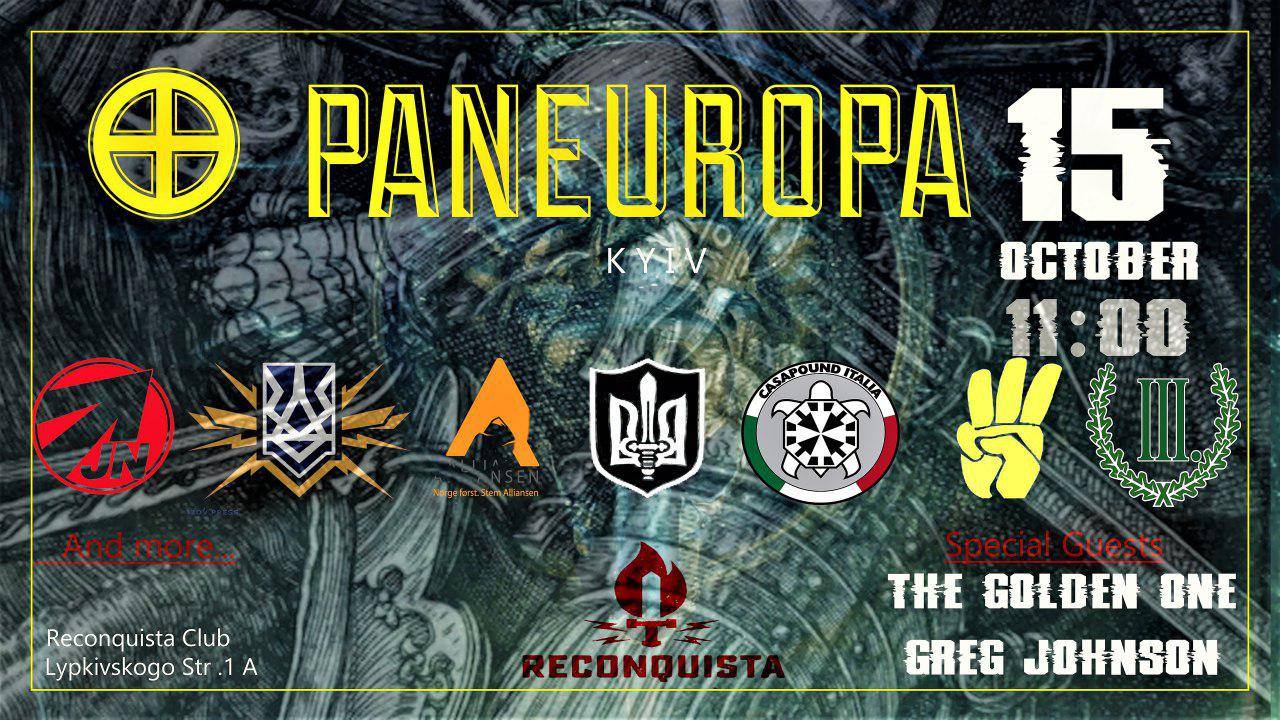
In May 2018, Semenyaka participated in a conference organized by Junge Nationalisten titled "Re.generation. Europa." The Ukrainian far-right Svoboda was invited to participate in this conference, but drew out after finding out that the Russian Imperial Movement, which according to far-right researcher Anton Shekhovtsov became notorious for its logistical and material support for pro-Russian separatists in Eastern Ukraine, was also taking part. Semenyaka, however, participated, without affiliation to the National Corps.
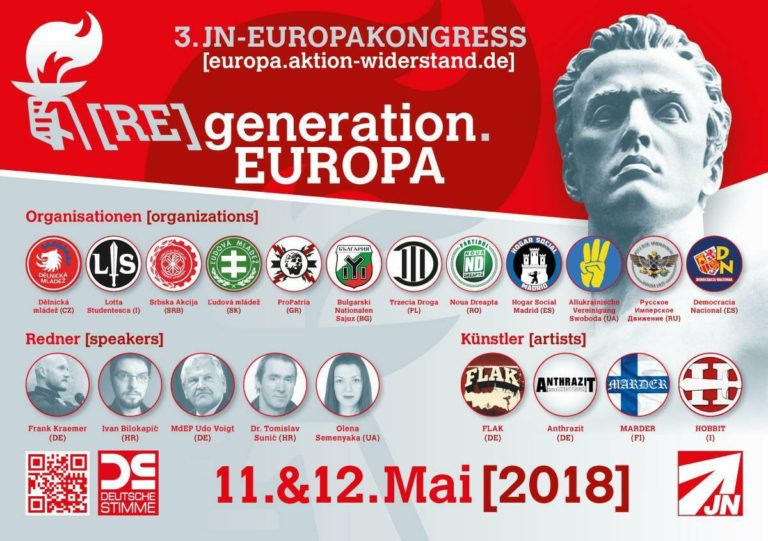
The original poster of the RE.generation. Europa conference with the logos of Svoboda and the Russian Imperial Movement, side by side
14 October is a relatively new state holiday called "Day of the Defender of Ukraine." Introduced in 2014, it actually coincides with three other holidays: the Christian Day of Intercession of the Theotokos, Day of the Ukrainian Cossackdom, and the rumored Day of the founding of UPA - hence the march which takes place on the day. UPA was founded in western Ukraine during the Nazi occupation of the country in World War II and fought against both the Nazis and the Soviet Red Army. Its fighters carried out acts of ethnic cleansing in northwestern Ukraine’s Volyn region, in which tens of thousands of ethnic Poles in the region were killed.
After WWII ended, many UPA fighters continued to fight a guerrilla campaign against the Soviet authorities which lasted into the early 1950s.
As a force which fought for an independent Ukraine, UPA has received a boost in popularity during the ongoing war between the Ukrainian army and Russian-backed separatist forces in eastern Ukraine. However, the veneration of the UPA remains a sore spot in relations between Poland and Ukraine, and causes controversy in Ukrainian society.
Read also:

